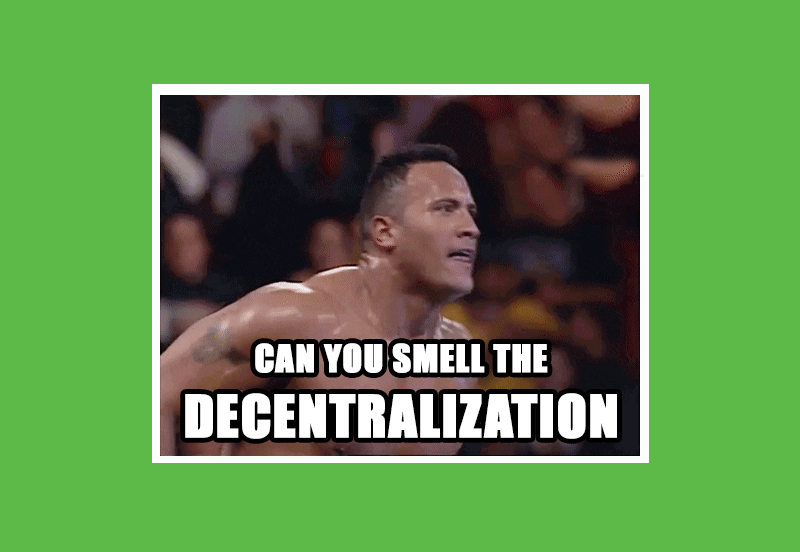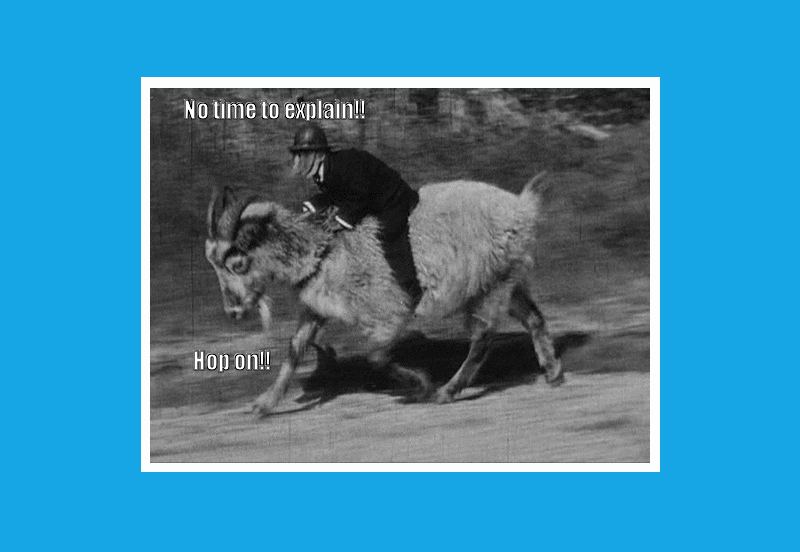Creative Destruction – the art of embracing disruption
Author: Dave Williams

Post-Annihilation Possibilities
After Trinidad and Tobago’s no-medal exit from the Japan 2020 Olympics, the civil war of opinions and rhetoric raged on in the cloud. In the weeks following, social media trolls, political pundits and influencers waged the battle for and against the systems and culture of T&T sports.
The usual post-traumatic dogfight was in full flight and the carpet-bomber rhetoric slammed our homeland 🤼 as armchair fighter pilots went kamikaze on the islands. Nevertheless, the strategic choices available to us remain the same: run for cover☂, fight back 🤜, or like the proverbial phoenix, we can feel the burn 🔥. No pain, no gain.
Comparable to the destruction of Hiroshima and Nagasaki, which ended World War II, the devastation of the lives, limbs and landscapes of our local sports culture might now be hopefully and positively assured. Hopefully?!! Absolutely.
The 1945 nuclear cataclysm that razed two thriving Japanese cities was so complete in its destruction that building back better was the only way forward. The exciting thing about hitting ground zero is that it can be a burial ground ⚰️ or a potent catalyst 🚀. But that is wholly a matter of perspective and the ability to use despair and disappointment as transformational devices.
Creative Destruction Across the Ages
As early as the mid-1800s, Karl Marx and Friedrich Engels prefigured what Joseph Schumpeter explored in the 1940s as the creative destruction theory of innovation. But, long before that, Eastern antiquity had already identified the concept with mythic proportions. Enter Lord Shiva, the cosmic dancer. His rhythmic but unpredictable dancing controlled the cycles that governed the creation and destruction of all things, including the Universe itself. Making and breaking were divine partners ☯.
Beyond the Caribbean Anti-Critique Culture
In societies where we historically interpreted critique as counter-productive, distasteful, oppressive and malicious, the notion of inviting disruption is as foreign as going to your next business meeting in a kimono 👘.
Today, “disruption” has cosily found its way into the polite lingo of business jargon and scripts for promotional campaigns. Unfortunately, the adventure of nurturing the sour patch of critique and critical thinking into purposeful processes is unlikely to find a pot to pick in, even in fertile 🌴 Caribbean destinations like T&T.
Here at home, the low-hanging fruit 🍌of quarrelsome dissent, punishment and abuse have supplanted critical discourse and engagement. While this type of culture may be attributable to the bitter roots of Caribbean civilisation, the question is: can we use the sour patches of disaster 💣 and discord as springboards instead of burial grounds?




